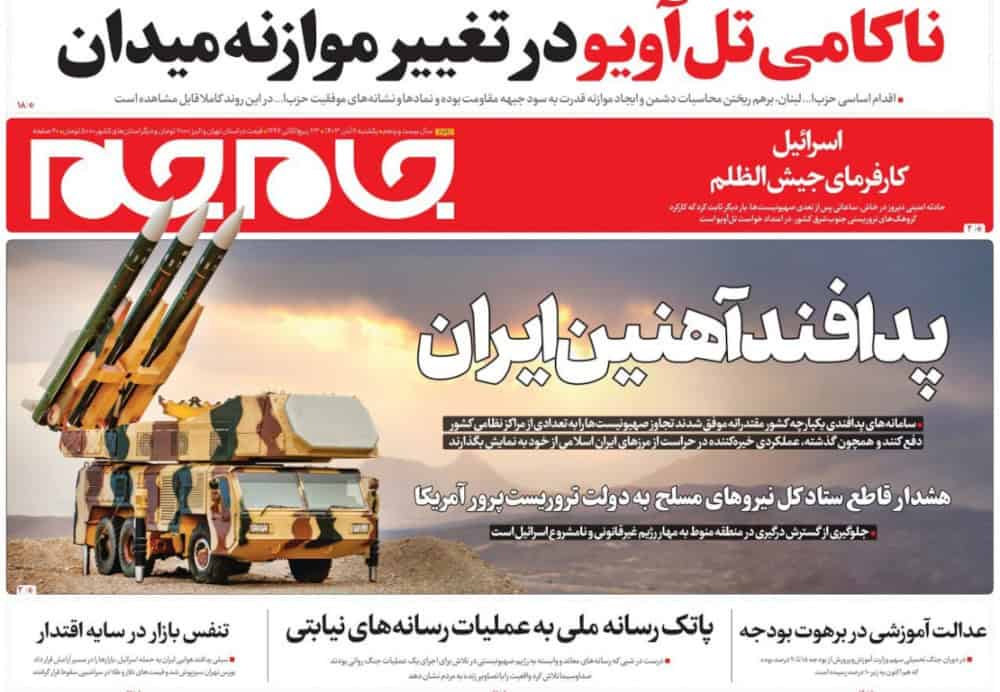
Analysis: Iran reacts to Israel’s direct retaliation
As Iran attempts to save face following Israel’s recent military strike, conflicting narratives about the imperative to respond are coming to the fore.

As Iran attempts to save face following Israel’s recent military strike, conflicting narratives about the imperative to respond are coming to the fore.

The Israel Defense Forces (IDF) suffered losses in Lebanon and Gaza over two days of fighting. On October 24, the IDF announced the names of five fallen soldiers killed in Lebanon, and the Israeli military announced the names of eight more killed in Lebanon and Gaza on October 25. IDF Chief of Staff Lieutenant General Herzi Halevi visited troops in Jabaliya in northern Gaza, where he praised their determination in recent weeks of fighting Hamas.

Hezbollah launched a barrage of 50 rockets at northern Israel on October 24, targeting Israeli communities during the Simchat Torah holiday, after launching an estimated 135 projectiles into Israel the day before. On October 22, a total of 140 projectiles were launched. Israelis were injured in rocket attacks on October 23 and October 24. The IDF carried out airstrikes in Tyre and Beirut, and Israeli troops in southern Lebanon uncovered large amounts of Hezbollah weapons, including rifles, RPGs, mortars, and anti-tank missiles.

Israel faces a rising drone threat from Iranian-backed proxies. On October 22, Israel confirmed that a drone attack on October 19 had struck a residence of Israeli Prime Minister Benjamin Netanyahu, and Hezbollah took responsibility for the attack. Hezbollah also killed four IDF soldiers and wounded 60 in an attack on an IDF training base on October 13. Israel’s Minister of Defense held a trial for defense companies to showcase technology to counter drone threats on October 14.

The Israel Defense Forces (IDF) began waves of strikes on a financial organization it states has branches across Lebanon and is used to fund Hezbollah’s terror activities. An Israeli military assessment reports the IDF has hit 3,200 Hezbollah targets and killed seven of the group’s brigade commanders and 21 of its battalion commanders since the operation in Lebanon began almost a month ago.
Despite allegedly leaked documents from US agencies and Tehran’s ongoing intelligence operations aimed at disrupting an Israeli attack, Iran is bracing itself for an operation targeting its nuclear facilities. The situation has only intensified after Hezbollah’s botched attempt to assassinate Israeli Prime Minister Benjamin Netanyahu.
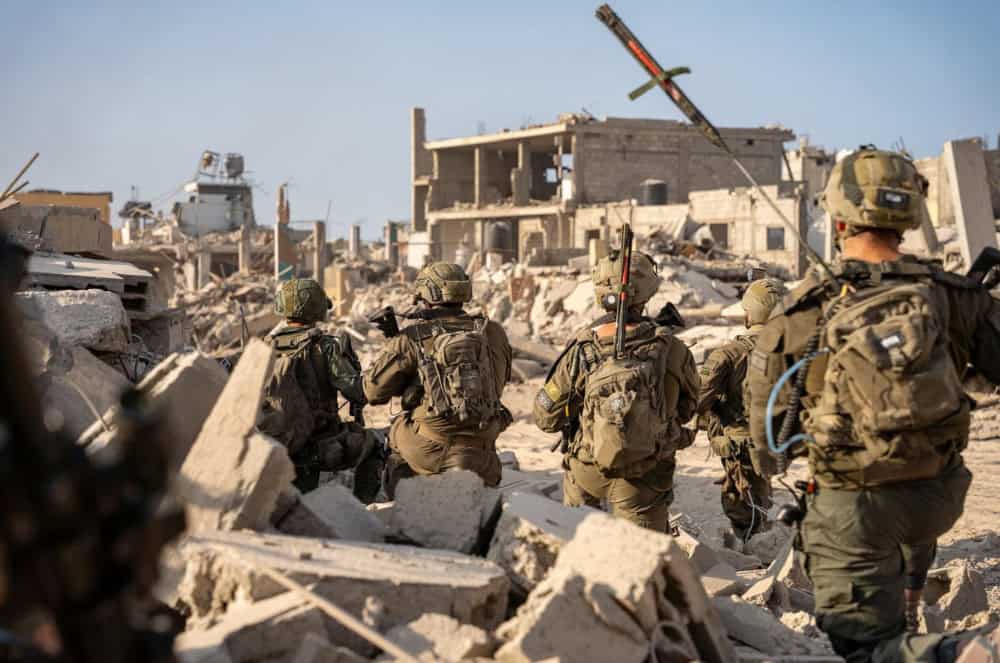
The IDF released new details on how its troops encountered Hamas leader Yahya Sinwar and several other Hamas members in southern Gaza on October 16. Israel’s defense minister called on Hamas to surrender and for Gazans to release the 101 hostages still held in captivity. The IDF continued operations in Jabaliya in northern Gaza.
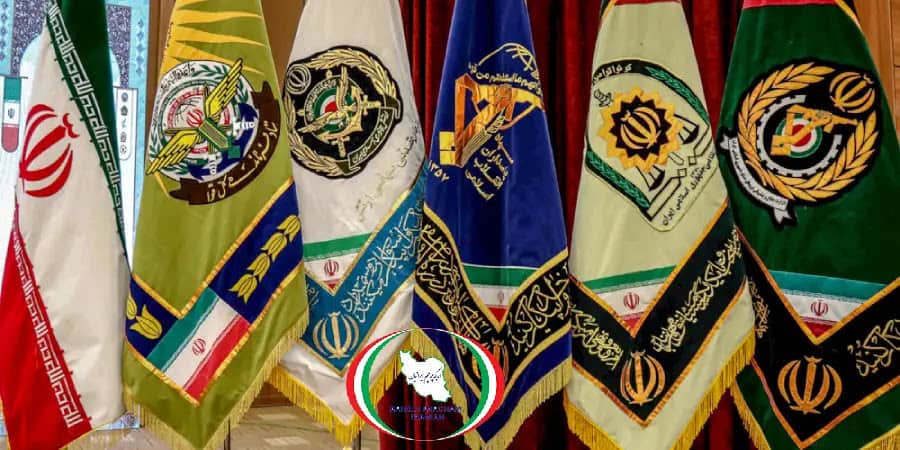
Israel’s war cabinet has reportedly agreed on what Iranian targets to strike, so the question now is what method it will employ to carry out the attacks to effectively deter Tehran without escalating into a full-scale war. In doing so, Israel has two choices: to either publicly humiliate the regime or launch a series of covert attacks, and the latter is less likely to warrant Tehran’s retaliation.

Sinwar was the mastermind behind the October 7, 2023, assault on Israel and was perhaps the most wanted Hamas terrorist by Israel. A veteran of Hamas since the 1980s, Sinwar established the group’s security service and rose to lead Hamas in August 2024 after his predecessor was assassinated in Tehran, Iran.
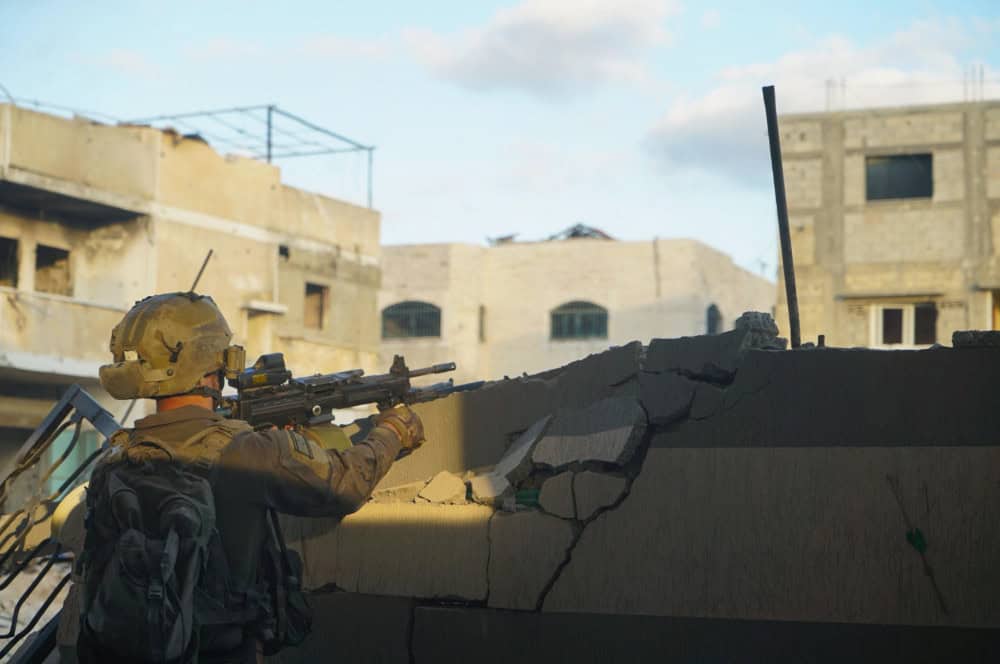
The 162nd Division of the Israel Defense Forces (IDF) has been fighting in Jabaliya in northern Gaza for 10 days and found weapons and explosives during the operation. There have also been clashes with terrorists, and Hamas fighters have been eliminated. The IDF transferred 30 trucks of humanitarian aid into northern Gaza amid concerns about civilians.
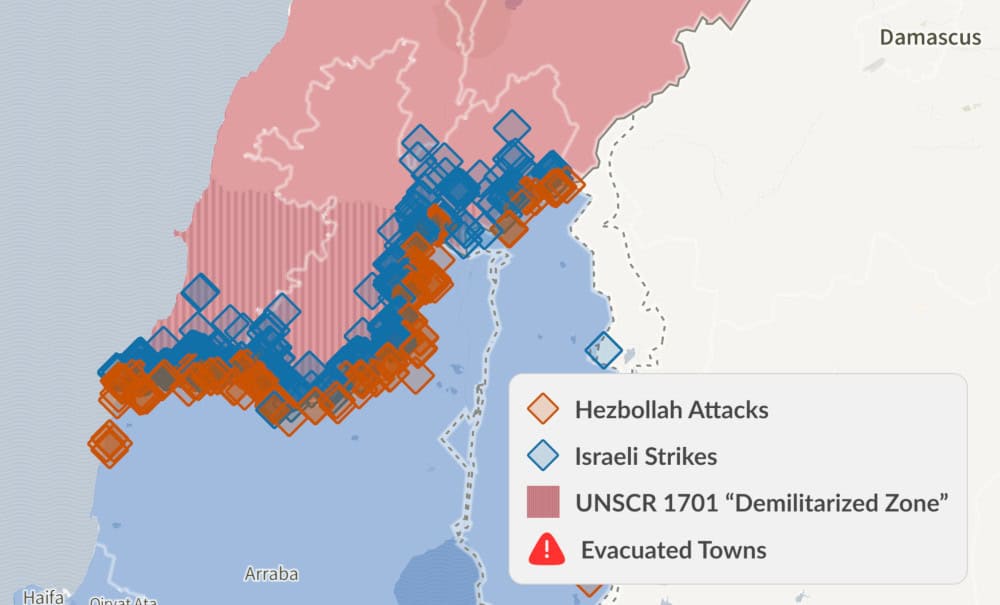
The conflict between Hezbollah and Israel that began on October 8, 2023, has evolved into a protracted war of attrition that neither side initially expected to last this long. Hezbollah’s goal was to support Gaza by diverting the Israelis’ attention and impacting their morale, but the group miscalculated Israel’s resolve, leading to an extended and more intense conflict.

A Hezbollah kamikaze drone struck an IDF training base, killing four soldiers and wounding 60 others. Hezbollah has used more than 200 drones in attacks over the past year. IDF Chief of Staff Lieutenant General Herzi Halevi visited the site of the attack, and Israeli Defense Minister Yoav Gallant said, “We must investigate it, study the details, and implement lessons in a swift and professional manner.” Gallant also spoke with US Secretary of Defense Lloyd Austin and visited northern Israel to oversee operations against Hezbollah.

IDF Chief of Staff Lieutenant General Herzi Halevi visited Israeli forces operating in southern Lebanon on October 10. He reviewed how the IDF is operating against Hezbollah in Lebanese villages near the border from where Hezbollah has threatened Israel with rockets over the past year. The United Nations Interim Force in Lebanon (UNIFIL) said on October 11 that two of its peacekeepers were wounded in Lebanon. Hezbollah fired 190 projectiles into Israel on October 10.
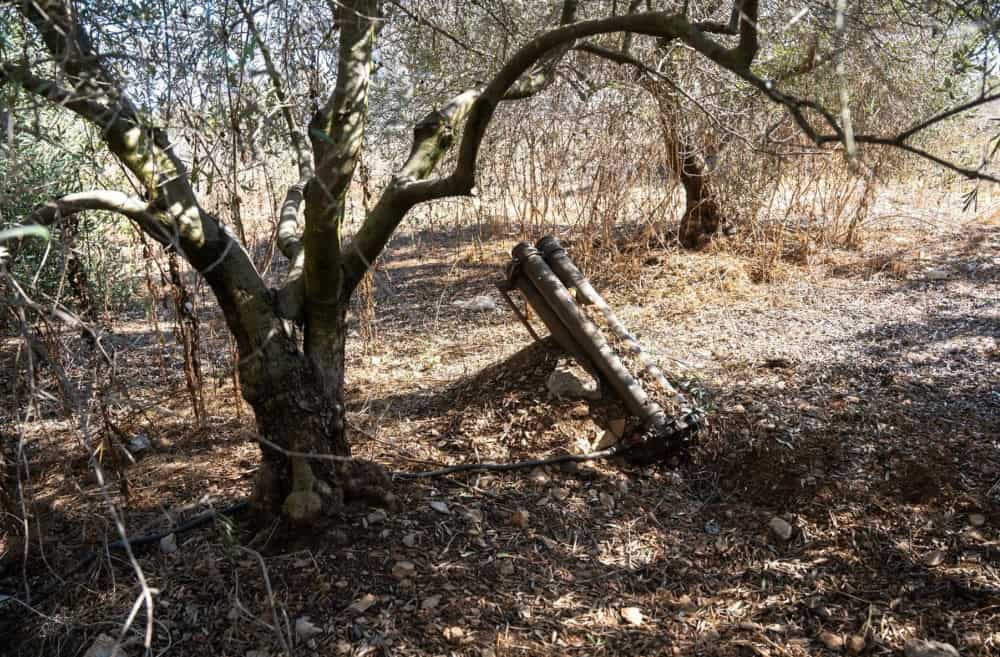
Hezbollah targeted Israel’s northern city of Haifa with rocket fire on October 8 after launching 190 rockets at Israel on October 7. The IDF continued to carry out operations in southern Lebanon. Israel’s Golani Brigade uncovered Hezbollah weapons in Maroun al-Ras. The IDF also dismantled a tunnel that stretched into Israel. Four IDF divisions are now operating in Lebanon.

Israel commemorated the anniversary of the October 7 massacre as Hamas fired more than 135 rockets at southern and central Israel, Iraqi militias targeted Israel with drones, and the Houthis launched a long-range missile at central Israel. The IDF’s top general met with the head of US Central Command on October 6. A third IDF division began operations in Lebanon as the Israeli Air Force hit 120 Hezbollah targets.

On the anniversary of the October 7 terrorist attack, the Islamic Republic has pledged to target Israeli cities and critical infrastructure while US and Israeli officials consider their options in response to Tehran’s second ballistic missile assault. With Israel’s air defense capabilities demonstrating superiority over Iranian missiles and the military setbacks suffered by the regime’s proxies, Tehran has increasingly diminished its leverage over Jerusalem. This shifting dynamic offers Israel a strategic opportunity to target the regime’s nuclear facilities, addressing the primary existential threat it faces.
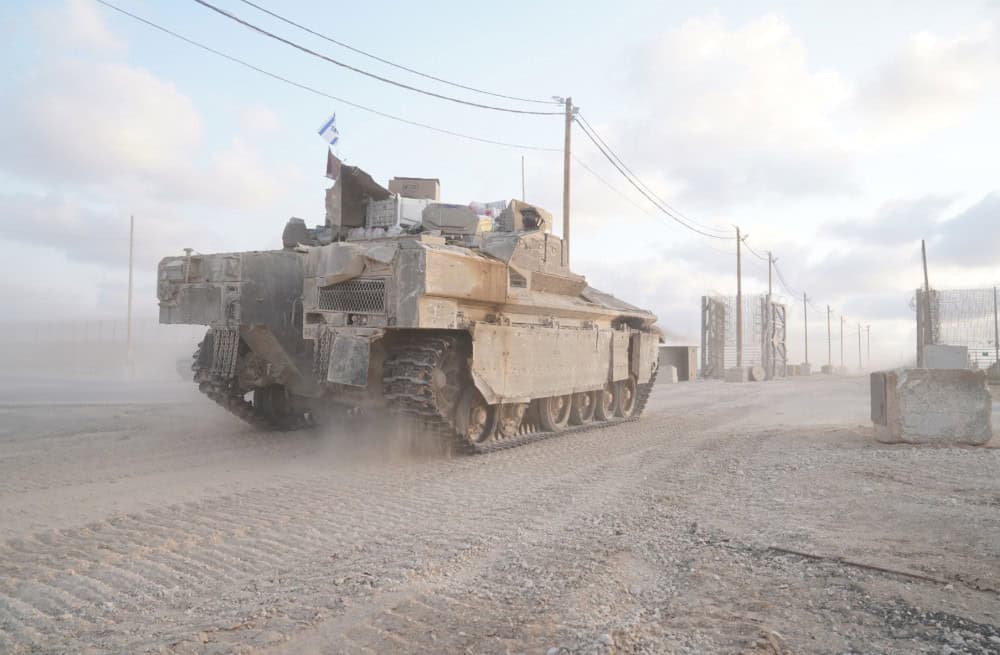
The Israel Defense Forces (IDF) launched a new operation in northern Gaza directed at Hamas terrorists in Jabliya, an area the IDF has cleared three times during the war. The new operation, launched as Israel prepares for the anniversary of the October 7 attack, began after the Israeli military detected evidence that Hamas was seeking to rebuild its forces there.

The Israeli military suffered its first casualties in southern Lebanon battles with Hezbollah on October 2. Eight soldiers were killed in one incident and a ninth in a second clash, according to Israel Defense Forces (IDF) reports from October 2 and October 3. The IDF struck approximately 200 Hezbollah targets and estimated it eliminated 60 of the group’s members. During the same two days, Hezbollah launched 360 projectiles at Israel. In addition, the IDF downed several drone threats off the coast. Two Israeli divisions, the 98th and the 36th, are now operating in southern Lebanon.
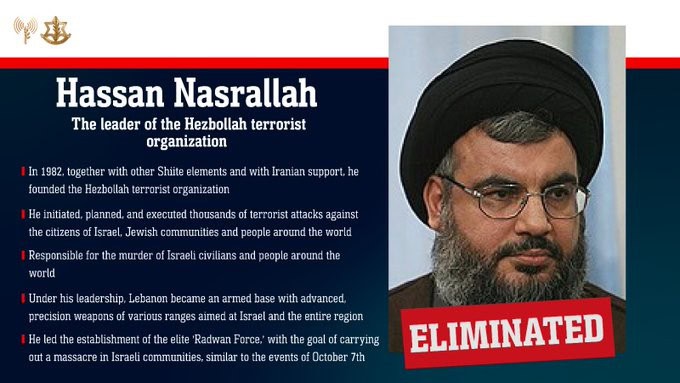
A breakdown of the Hezbollah officials Israel has assassinated, those who remain, and the impact on the organization and its durability.

The Israel Defense (IDF) Forces began a ground operation in southern Lebanon against Hezbollah, led by the IDF’s 98th Division. The IDF described the offensive as “localized, and targeted ground raids based on precise intelligence against Hezbollah terrorist targets and infrastructure in southern Lebanon.” Iran launched 180 ballistic missiles at Israel, while Hezbollah fired rocket barrages at northern and central Israel.
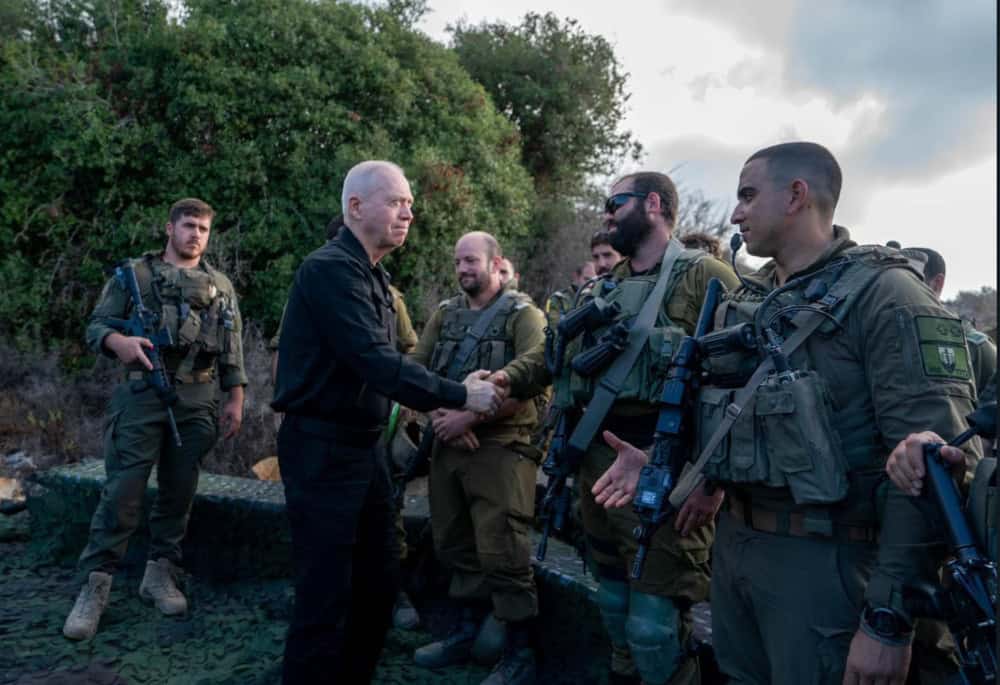
Israeli Defense Minister Yoav Gallant met with IDF troops from the 188th Armored Brigade. Israeli officials, such as Gallant, and senior commanders have been meeting with IDF troops deployed in the north over the past week, hinting that a ground operation could begin against Hezbollah.

The Israeli military and Hezbollah have both acknowledged the death of Hassan Nasrallah following an Israeli airstrike in Beirut on Friday.

The Israel Defense Forces (IDF) called up two reserve brigades as Operation Northern Arrows entered its third day. The Israeli Air Force continued to conduct strikes against Hezbollah targets in Lebanon. In addition, Major General Ori Gordin, head of the IDF’s Northern Command, spoke to Israel’s 7th Armored Brigade and urged them to be ready for possible ground operations in the north. Hezbollah launched a ballistic missile toward Tel Aviv and struck Safed and other areas in northern Israel.

The Iranian regime’s current strategy seems focused on damage control, as it believes maintaining a foundation allows it to eventually regain influence in southern Lebanon. The Islamic Republic aims to create an image of total warfare through a series of calculated proxy attacks. This approach not only projects strength to its supporters but also bets on the possibility that the United States will pressure Israel to stop its strikes against Iranian militias.

The Israeli Air Force struck 1,300 Hezbollah targets with 1,400 munitions on September 23. The strikes were the largest since Hezbollah began its attacks on Israel in October 2023. Hezbollah launched long-range rockets at Israel, targeting Haifa and areas close to central Israel for the first time in 11 months. Israel’s Defense Minister said “tens of thousands of rockets have been destroyed” in the IDF strikes on Hezbollah, decreasing the Iranian-backed terrorist group’s arsenal.

The Israel Defense Forces launched wide-ranging airstrikes on Hezbollah after previously carrying out a strike in Beirut that eliminated 16 of the group’s top commanders. More than 150 Israel Air Force warplanes participated in the attacks, and Hezbollah launched more than 150 rockets, missiles, and drones at Israel during roughly the same period.

Hezbollah Secretary-General Hassan Nasrallah’s speech on Thursday afternoon was a difficult exercise in damage control after Israel’s attacks on September 17 and 18.

After a week of exploding pagers and radios, Israel carried out a significant and successful strike targeting Hezbollah military leaders in Beirut.
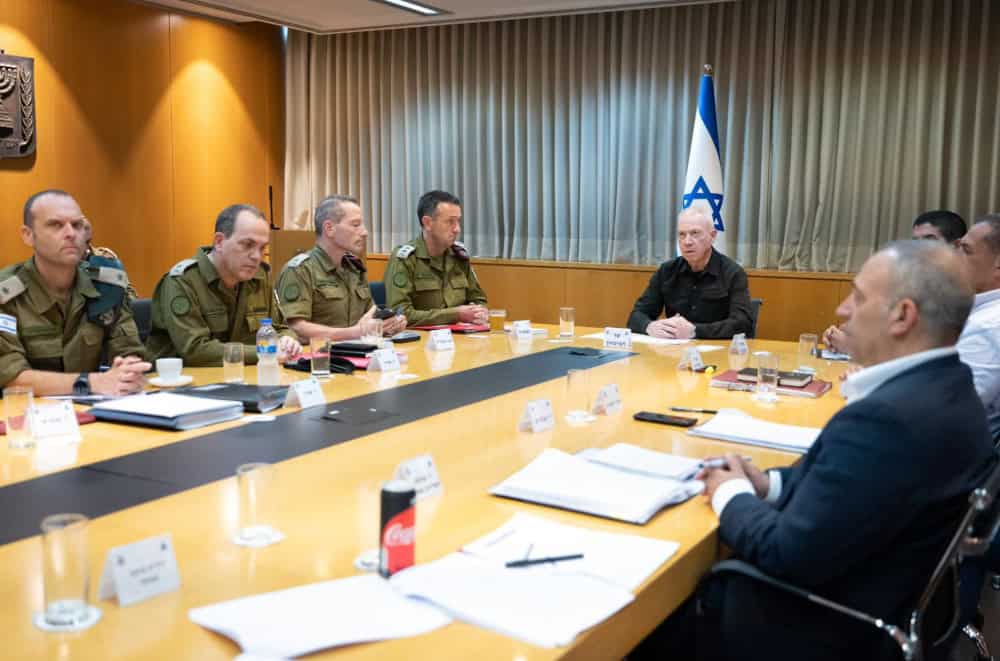
On September 19, the IDF asked residents of several northern towns and the city of Safed to adhere to special restrictions due to possible escalation with Hezbollah in Lebanon. On September 20, the IDF lifted the restrictions, even as Israel carried out an airstrike in Beirut that eliminated a Hezbollah leader and key Hezbollah commanders. The IDF Chief of Staff met with the head of the IDF’s Northern Command and IDF Division commanders, while Israel’s Minister of Defense also held key meetings about Israel’s new initiatives against Hezbollah.

The Israel Defense Forces (IDF) head of Northern Command said the IDF is at “peak readiness” amid escalating tensions with Hezbollah. After thousands of pagers used by Hezbollah exploded on September 17, more devices exploded on September 18. IDF Chief of Staff Lieutenant General Herzi Halevi visited Israel’s Northern Command, and the IDF deployed its elite 98th Division to the north amid tensions.